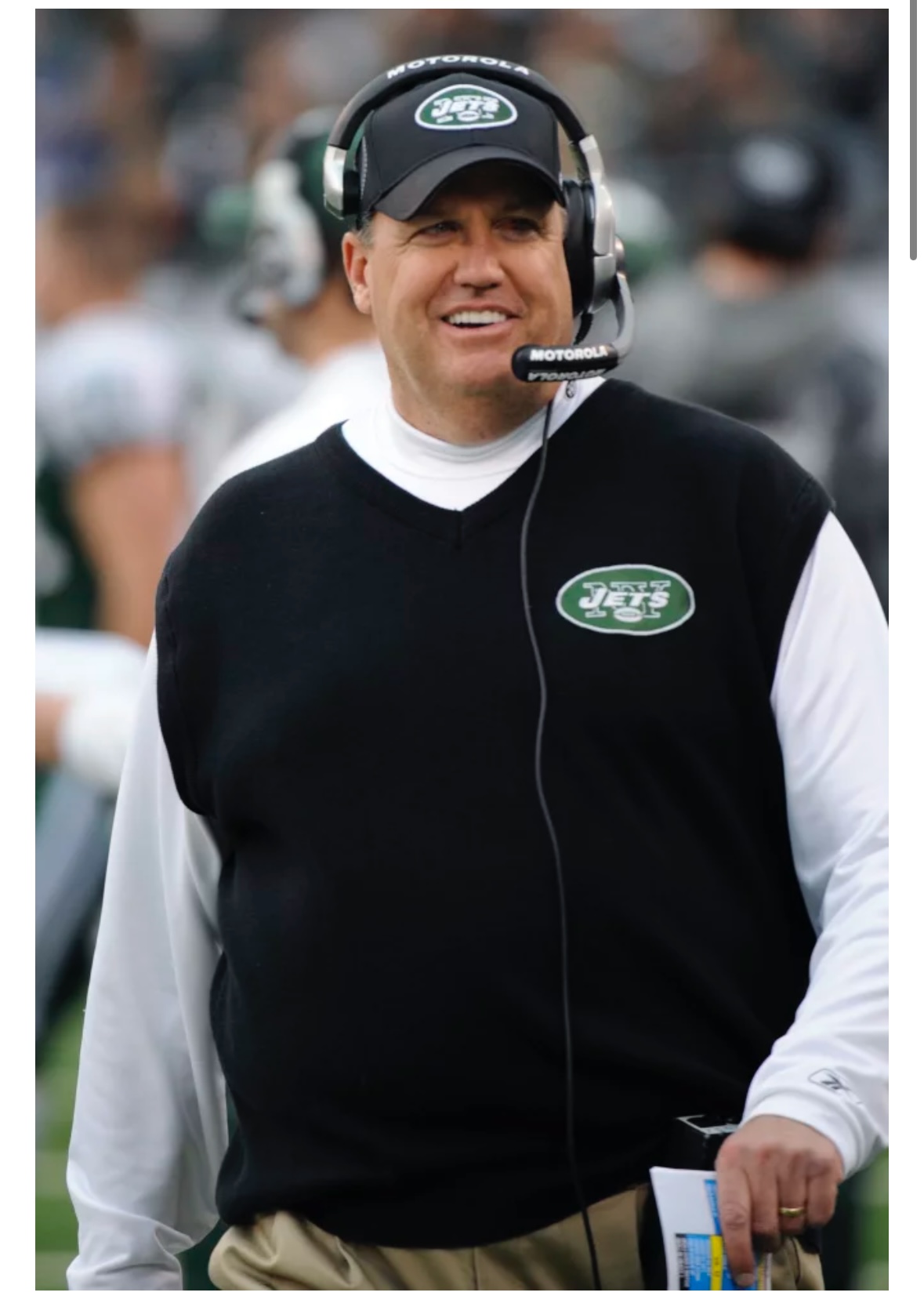
Defending the Under-Center Inside Veer: Rex Ryan’s Approach
November 25, 2024
4 Things You Must Do in Order of Importance
1.Prioritize Assignment Football
•Assign defenders specific responsibilities for the dive, quarterback, and pitch in every defense.
•Add secondary assignments for versatility (e.g., Defensive End takes the dive first, then transitions to the quarterback; Mike Linebacker covers the quarterback first, then the pitch).
•Conduct option run-throughs without a football to enforce clear, disciplined assignments.
2.Double Team Major Threats
•Identify the offense’s key player and dedicate two defenders to neutralize them.
(e.g., Against an elite quarterback, assign both the Defensive End and Free Safety to stop him.)
3.Establish Secondary Rules for Defensive Backs
•Set clear support rules after the pass threat is eliminated:
•Man Coverage: If a receiver’s split is wider than 5 yards, focus on the pitch.
•Zone Coverage: Defensive backs adjust by reading zones:
•Outside zones: Cover the pitch.
•Middle of the field: Cover the quarterback and then the pitch.
4.Vary Techniques Against the Quarterback
•Keep the quarterback guessing with varied approaches:
•Fast Play: Attack aggressively through the quarterback at the mesh point.
•Slow Play: Use “cat-and-mouse” tactics to delay and force decisions.
•Crash Call: Have defenders attack the B-Back immediately at the mesh to disrupt timing.
By prioritizing disciplined assignments, neutralizing key threats, and varying defensive techniques, this framework prepares defenses to contain and defeat the triple option.

